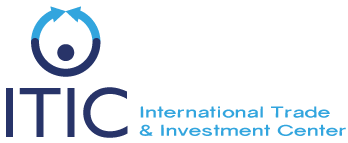While every human activity involves some degree of hazard, working in the industrial environment has proven to be particularly hazardous in many countries.
The appalling conditions experienced by workers during the Industrial Revolution provided grim examples of this fact. These social and economic problems became increasingly serious and thus gave rise to public demand for government intervention. This resulted in several acts and extended government regulations on health, safety and well-being conditions under which workers may be employed.
The implementation of safety and health regulations has been given relatively little attention till we were confronted with the virus that causes Coronavirus Disease 2019 (COVID-19).
Measures for protecting workers from exposure to, and infection with, SARS-CoV-2, the virus that causes Coronavirus Disease 2019 (COVID-19), depend on the type of work being performed and exposure risk, including potential for interaction with people with suspected or confirmed COVID-19 and contamination of the work environment. Employers should adapt infection control strategies based on a thorough hazard assessment, using appropriate combinations of engineering and administrative controls, safe work practices, and personal protective equipment (PPE) to prevent worker exposures. Some government standards that apply to preventing occupational exposure to SARS-CoV-2 also require employers to train workers on elements of infection prevention, including PPE.
What can a company do for safer and healthier workplaces?
Workplaces should have a policy in place that outlines their requirements when people may be sick or absent to care for others. Workplaces can help by having an infection control plan which may include details, such as:
- Making sure ventilation systems are working properly;
- Providing clean hand washing facilities;
- Offering hand sanitizers when regular facilities are not available (or to people on the road);
- Cleaning objects that are touched frequently, such as doorknobs, handles, railings, kettles, etc. more often with household disinfectants or bleach solution (5 millilitres (mL) of (5%) bleach per 250 mL of water;
- Providing boxes of tissues and encourage their use;
- Using social distancing techniques.
Differences in the level of government intervention and in labour-management relations between countries and regions become evident in areas such as occupational safety and health policy implementation in workplaces. So do the issues that constitute the debate about sickness absence and its relation with the role of accident and disease prevention. Our activities grew out of the conviction that all learning proceeds by comparison and the passion of all members of the International Trade & Investment Center from more than 40 countries to pay high priority to “Purpose for Life-goals” and occupational safety, health and wellbeing in particular.

Recent Comments